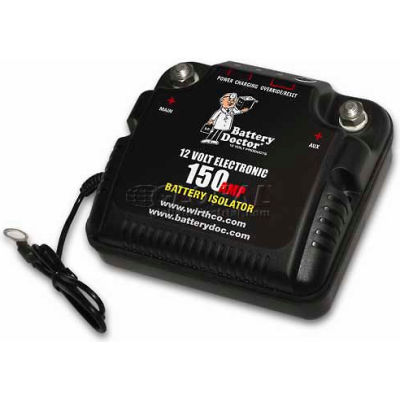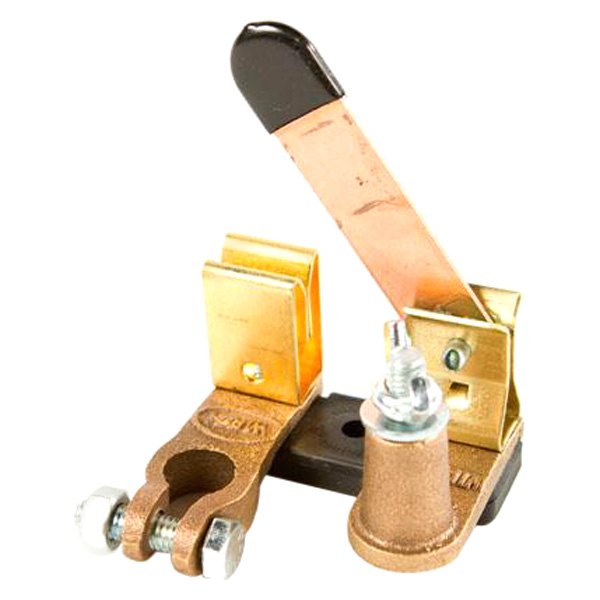

Higher-end models capture real-time data covering everything from run cadence to stride length, as well as things like blood pressure, calorie burn and heart-rate variability to help you reach your fitness goals, while more basic models might track only your heart rate.īattery: A wearable chest strap monitor can have all kinds of power sources. Metrics: Consider what you want to monitor during your workout. You can later transfer your heart-rate reading to your phone via your monitor's companion app. Internal storage: If you don't like to hold your smartphone during your workout, opt for a heart-rate training monitor that can store your data in its own built-in storage. Which style you choose to track your workout depends on your comfort preference. Others, however, use larger monitors to measure your heart rate. Module size: Some chest straps use tiny modules (the plastic puck-like part) that don't extend over the edges of the strap. Strap width: Before you buy, consider whether you'd be more comfortable with a heart-rate tracker that uses a slim strap or a wider one. Here are a few things to look at while shopping. When it comes to choosing the best heart-rate monitor chest strap for your workout, many of the factors in your buying decision will be based on personal preferences and your workout regimen.
#BATTERY DOCTOR SWITCH HOW TO#
How to choose a chest strap heart-rate monitor Most now come with both, but it's still important to check.
#BATTERY DOCTOR SWITCH BLUETOOTH#
This will influence whether you want it to have ANT Plus or Bluetooth connectivity.
#BATTERY DOCTOR SWITCH ANDROID#
IPhone users can get the instructions online and Android users should go to their Setting app and look for the ‘Dark theme’ schedule option as each manufacturer uses a different menu system. If you determine that dark mode is best for you when the sun goes down, you can set your device to switch based on a time schedule. If you find that you only want dark mode on specific apps, look in the Settings menu of those apps to see if the dark mode or dark theme option exists. Not all apps will respond to the change and many websites will still render in the traditional black text on white background. You can choose to set dark mode (Apple) or dark theme (Android) at the device level, which will attempt to display all apps in dark mode. If you have an older device that uses a traditional LCD display, dark mode will have no impact on battery life because the backlighting is the same for all colors. The brighter you like your screen, the more power savings dark mode can provide. Using more black pixels can have a measurable impact on power consumption that can range from 5% to 50% improvement depending upon how high the brightness is turned up. These newer displays turn each pixel on and off, so pixels that are black draw no power. It can be especially challenging in very bright lighting conditions.Īnother significant impact of dark mode can be on battery life for both smartphones and laptops as long as they are using a common display technology known as OLED. This is one area that is specific to each person, so you’ll have to decide when and where dark mode works best for you. Reading large amounts of text in dark mode can be harder for some, with studies indicating that reading comprehension is typically better in the traditional light mode. While the initial intent of dark mode was for those low-lighting situations, it’s evolved to be the preferred display mode for many in just about all lighting conditions. Low-lighting situations can cause eye strain if the display is too bright, not to mention filling a dark room with a glare that can disturb others.

One of the main reasons dark mode was introduced on smartphones was because we all started using them in bed at night. This display standard held firm until we started seeing devices that offered the option to use dark mode or dark themes that switched the background back to black with lighter-colored text.


 0 kommentar(er)
0 kommentar(er)
